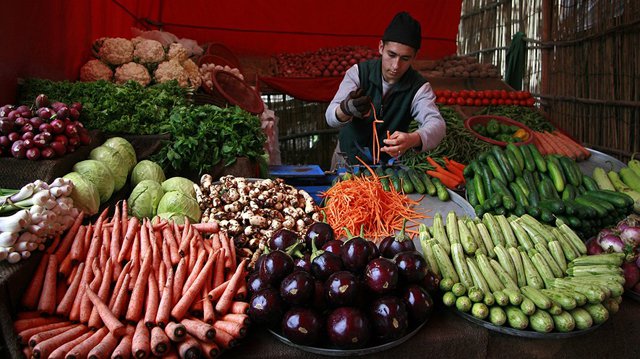
The Pakistan Bureau of Statistics (PBS) said on Tuesday that consumer prices rose 2.91% in July compared to the same month a year earlier.
It was 0.34% higher compared with negative 0.4% reported in June this year. July’s inflation reading was the lowest since November 2015, largely reflecting a slowdown in energy prices and a smooth supply chain.
The low pace of increase in prices was largely in line with the trend witnessed in the previous fiscal year when average inflation stood at 4.16%, significantly below the official target.
However, it seems that the relationship between printing of currency notes and inflation may have eased, as during the last fiscal year, the central bank printed more than Rs900 billion worth of currency notes to support the government to finance its deficit.
In its last monetary policy announced in July, the central bank voiced hope that average headline inflation, though higher than the previous fiscal year, was expected to be lower than the earlier outlook and would stay below the target of 6%, mainly on the back of favourable supply conditions.
CPI inflation stands below target at 4.16%
For the new fiscal year, the State Bank of Pakistan (SBP) has projected that average Consumer Price Index (CPI) will remain in the range of 4.5% to 5.5%. This projection is explained by a lower-than-anticipated increase in international oil prices, recent behaviour of CPI inflation in June 2017, stable prices and lower inflationary expectations, said the SBP.
While recognising the emerging challenges on the external front, the SBP’s Monetary Policy Committee kept the policy rate unchanged at 5.75%, which was slightly higher than the core inflation rate.
For the new fiscal year 2017-18, the government has again set the inflation target at 6% while the International Monetary Fund (IMF) has projected a 5% inflation rate.
In the previous fiscal year, the current account deficit widened to a record $12.1 billion, which was expected to increase further in the new fiscal year.
This may bring the rupee-dollar parity under stress, although authorities will defend the existing exchange rate. Any depreciation will put the inflation rate under pressure due to its impact on the cost of imported goods including crude oil.
Inflation jumps to two-and-a-half-year high at 5.02%
On a year-on-year basis, the non-food, non-energy inflation, commonly known as core inflation, inched up slightly to 5.6% in July, according to the PBS.
Among 89 commodity groups of the CPI, the core inflation covers price movements of 43 items. The central bank focuses on core inflation while formulating its monetary policy.
The effect of monetary policy on goods prices is reflected in the core inflation with a time lag, making it a good predictor of the CPI inflation.
The high rate of core inflation was because of a surge in the cost of health, education, transport and housing, said an official of the PBS.
The cost of health services was 13.3% higher in July than a year ago. Education cost increased 11.4% compared to the previous year, according to the PBS.
However, concerns remained over the PBS methodology to calculate the inflation rate as the bureau was not fully capturing the price levels. Asif Bajwa, a consultant at the PBS, however, defended the PBS price methodology.

















COMMENTS (1)
Comments are moderated and generally will be posted if they are on-topic and not abusive.
For more information, please see our Comments FAQ